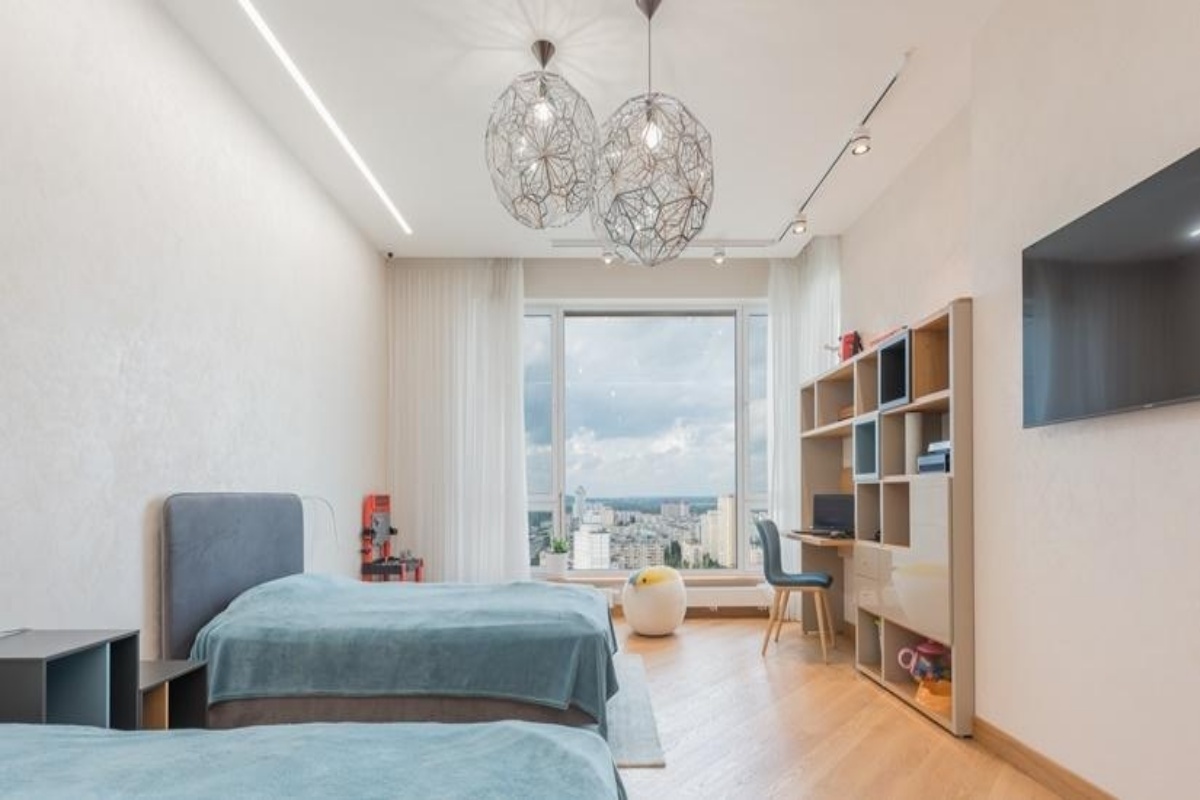Sustainability has become a catchphrase to describe our lifestyle. The concept has emerged as the ideal model for our built up environment to meet our needs without denying the needs of future generations.
To reduce a building’s environmental impact, opting for sustainable building systems is the first thing to do. The goal is to encourage a holistic perspective when designing; focusing not just on what people see, but also on how it will affect the building’s energy performance. The building envelope, especially the choice of a fenestration system, goes far beyond its usual framework. It impacts a building’s energy use through thermal heat transfer, solar heat gain, visible transmittance and air leakage, thus forming an important aspect of sustainable design. More than an architectural expression, fenestration systems have become a factor that determines the sustainability of buildings.
Advertisement
A sustainable facade is a high-performance intelligent building system that allows daylight into the building while significantly reducing energy consumption and maintaining a comfortable indoor environment, promoting the health and needs of its occupants. The key approach is to consider climate-specific approaches in the application of such facades. Fenestrations with a low U-factor and high SHGCs (Solar Heat Gain Coefficient) is preferred in cold climates to utilize solar heat and to keep heat loss to a minimum. In warm climates, products with low SHGCs offer great potential for reducing solar ingress. Windows with Low-E coatings and spectrally selective coatings are effective in lowering the heat gain and have shown a significant reduction in energy consumption and costs required for cooling. Aluminum windows, for instance, can be effective in achieving lower U-values. They not only provide excellent thermal performance and require minimal maintenance, but are durable, easy to maintain and completely recyclable.
Sustainable fenestration solutions at homes can easily be incorporated using double glazed windows to insulate the interior spaces, thereby reducing the overall household energy consumption. It is essential to note that high-performance windows with new technologies such as double glazing, special coatings, air-tight construction, nonconductive framing materials, etc. can account for a huge difference in creating sustainable homes. Such sustainable systems form the ideal solution to drive sustainable development by reducing the energy use in our homes. Today, fenestrations are continuously being developed into the ‘fenestrations of tomorrow’. Offering a steady increase of daylight and solar energy utilization and control, fenestrations are fast becoming a necessary ‘climate screen’ for effectively conserving the energy of a building.











